
04 Dec 8th Grade Math Tutor – NYC Top Tutors
8TH GRADE MATH TUTOR- NYC TOP TUTORS

WE travel to YOUR home:
We also travel to:
8th-Grade Math Tutoring
So what exactly do students learn in 8th-grade math? We broke down 8th-grade math into the following problems and topics, like breaking down a language into parts.
If you need checklists for a breakdown of 8th grade math, we highly recommend Khan Academy and IXL for Common Core Eighth-Grade Math Standards eighth-grade standards . We also thank Embarc for breaking down 8th grade math into the following standards:
Module 1: Integer Exponents and Scientific Notation
Topic A: Exponential Notation and Properties of Integer Exponents (8.EE.A.1)
Lessons 1-6 Video Lectures:
https://www.youtube.com/watch?v=u0P7eGsvC80
https://www.youtube.com/watch?v=39iP0NjYVco
https://www.youtube.com/watch?v=yXdZuZuH5Xo
https://www.youtube.com/watch?v=_ID7r7MYXcU
https://www.youtube.com/watch?v=3zhChSM4Q7o
https://www.youtube.com/watch?v=W073q_nQLPw
Integer Exponents
In this module, students build upon the work done with exponents in the 5th, 6th, and 7th grades. They will learn the precise definition of exponential notation and how to use this definition to prove the properties of exponents.
6 x 6 means 6 (2) which is read as “6 squared”
2 x 2 x 2 means 2 (3) which is read as “2 cubed”
It is important to use parentheses when writing numbers with a negative or fractional base in.
This means that you have 2 times itself (3+4) times, then you can see that
2(3) x 2(4) = (2 x 2 x 2)(2 x 2 x 2 x 2). Using this thinking allows us to build a more abstract equation that works for any base x with positive integers m and n.
Note in these equations; the bases are the same. The next logical question is, “What if the bases aren’t the same?”
A Law of Exponents: Division
Students extend the one property of exponents defined thus far and the definition of exponents to discover a useful consequence. This consequently leads to the Law of Exponents for dividing different powers of a number.
This leads us to the more abstract conclusion that holds true for any base x and integers m and n. (Take note of the like bases.)
When first introduced, we restrict the values of m and n so that m > n until students have a conceptual understanding of negative exponents later in this module topic.
A Law of Exponents: Powers of a Power
As we progress through the module, each additional property of exponents is developed using the definition of exponents along with the previously developed properties.
Like all the others, we can then generalize this for any base x for integers m and n because
(xm)n = xm n
This law applies to products of powers raised to powers also.
ALERT: Misconception
While this last property seems simple enough, it often is misused. This law works for products, NOT sums or differences.
“The Zero-th Power”
Using various methods, students derive the definition that for any base x, x0= 1. One of the methods uses the property for dividing powers with like bases.
Negative Exponents
Negative exponents are also defined using the previous laws and previous knowledge of reciprocals 35 x 3-5 = 30
Since any base raised to the zeroth power equals 1, then 30 = 1.
Let’s take a closer look since we know 35 x 3-5 = 1 .
If multiplying 35 by the number 3-5 has a product of 1 and by definition multiplying a number by its reciprocal has a product of 1, then the number 3-5 must be mathematically equal to the reciprocal of 35. This reciprocal is 1/ 35. This idea leads to a formal definition.
For any positive number ݔ and for any positive integer ݊, we define
Once negative exponents are defined, we can perform operations using this definition and following all of the previous laws.
Example Problems and Answers:
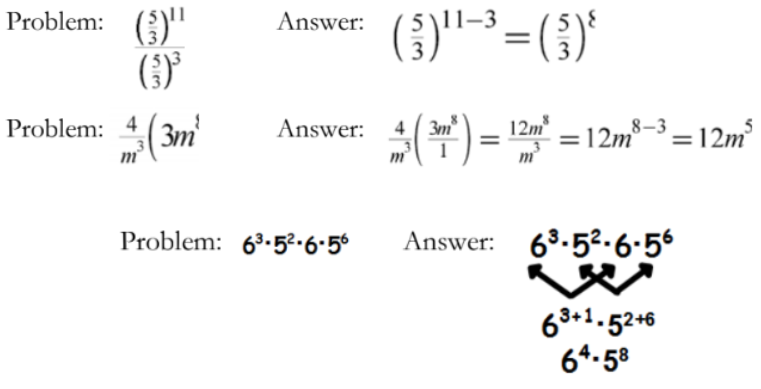
Words to Know:
Whole number – the numbers 0,1,2,3,4,5,… on the number line
Integer – the numbers …,-3,-2,-1,0,1,2,3,… on the number line
Base – the number being raised to a power (or exponent)
Exponent – the number of times a number is to be used as a factor in a multiplication expression
Power– another name for exponent
Squaring a number– multiplying a number by itself; raising a number to the second power
Cubing a number– multiplying a number by itself 3 times; raising a number to the third power
Exponential notation– a method that allows the representation of numbers in shorter form that aids in mathematical calculations.
(Example: 8 = 2 x 2 x 2 x = 23 So, 23 is considered exponential notation. The base of the exponential notation is 2, and the exponent (or power) is 3.
Reciprocal– a multiplicative inverse; the reciprocal of a number is the result when you divide a 1 by that number
(example: 12 is the reciprocal of 2 because 1 2 = 12)
Expanded form of a decimal– shows how much each digit is worth and that the number is the total of those values added together (Example: 432.56 written in the expanded form is
(4 x 102) + (3 x 101) + (2 x 100) + (5 x 10-1) + (6 x 10-2)
Topic B: Magnitude and Scientific Notation (8.EE.A.3, 8.EE.A.4)
Lessons 7-13 Video Lectures:
https://www.youtube.com/watchv=8WAGKZKP6c0
https://www.youtube.com/watchv=cD1RWdsFoBQ
https://www.youtube.com/watchv=VoT1dSYIBEQ
https://www.youtube.com/watchv=i4TULA1LVMo
https://www.youtube.com/watchv=4hUxWQ4hZVs
https://www.youtube.com/watchv=Ex6AzeV1PJw
https://www.youtube.com/watch?v=fuLKyQxZR6w
Magnitude and Scientific Notation
Example: John said that 0.009 is bigger than 0.01. Use powers of 10 to show that he is wrong.
Answer: 0.009 can be written as 9 / 1000 = 9 /10 ^3 = 9 * 10 ^ -3, and 0.01 can be written as 1 / 100 = 1 / 10^-2 = 1 * 10 ^ -2
Since 0.009 has a smaller power of ten, 0.009 is closer to zeroand smaller than 0.01.
Problem: The average American household spends $4,000 per year on gasoline. If there are 1 x 108 households, what is the total amount of money spent on gasoline by American households in one year?
Answer: $400 billion or 4 x 1011
Writing Numbers in Scientific Notation
There are a few basic characteristics of numbers written in scientific notation.
- It is a product of a decimal number (or whole number) and an integer power of 10.
- The decimal number (or whole number) must be between 1 and 10. It can be 1, but it cannot be 10 since there should only be one non-zero digit left of the decimal.
Example: 42,574,000,000,000,000,000 can be written as 4.2574 x 1019 which is in scientific notation.
Example: One hydrogen atom is approximately
0.0000000000000000000000000017 kilograms. In scientific notation, this number is 1.7 x 10-27
Adding or Subtracting Numbers in Scientific Notation
In order to add or subtract numbers written in scientific notation, the order of magnitude of the numbers must be equal. Just like with adding “like terms” or adding fractions, we must be adding things that are “alike” or the same size.
Subtraction follows the same guidelines only you will be subtracting the “decimal parts” of the numbers.
————————————————————————————————————————
Why do we use Scientific Notation?
- To express very small or very large numbers
- Standardizing the notation allows us to get a sense of numbers’ order of magnitude when comparing them.
- To sensibly and efficiently record and convey the results of measurements
————————————————————————————————————————
Multiplying Numbers in Scientific Notation
Since Associative and Commutative Properties hold for multiplication, we can reorder and associate the “decimal parts” and the powers of 10.
Dividing Numbers in Scientific Notation
Choice of Units
Since scientific notation is used to convey measurements, there are occasions when an arbitrary new unit can be defined out of convenience in order to compare measurements. A single lesson on this topic is devoted to creating a choice of units. A couple of examples include gigaelectronvolt as a unit of mass and light-year as a unit of distance. Students are asked to define their own units given a set of measurements. Rest assured that there are many correct “choices.” Once a unit has been chosen and clearly defined, the calculations are dependent on that new unit, and there will only be one correct calculation for measurement conversion.
Interpreting Scientific Notation Using Technology
Sometimes operations with very large or very small numbers cannot be completed with precision on a calculator, so we can convert these numbers as a sum which may be written in scientific notation or a product using powers of 10. By using distributive, commutative, and associative properties, we can then simplify to complete the calculations.
Words to Know:
Scientific Notation – the representation of a number as the product of a decimal (or whole number) and a power of 10, where the decimal number (or whole number), d, satisfies the property that it is at least 1, but smaller than 10, or in symbolic notation, 1≤ d <10. For example, the scientific notation for 192.7 is 1.927 x 102.
Order of Magnitude – the exponent in the power of 10 when that number is expressed in scientific notation. For example, the order of magnitude of 192.7 is 2 because when 192.7 is expressed in scientific notation as 1.1.927 x 102, 2 is the exponent of 102. Sometimes we also include the number 10 in the definitions of the order of magnitude and say that the order of magnitude of 192.7 is 1.927 x 102.
TESTIMONIALS
My child worked with Gillian D virtually for math enrichment. She is an excellent teacher. She took time to understand my child’s specific learning style and provided tools that would be engaging. She was kind and empathetic- really made it her goal to connect with my child and build trust and rapport. My child started the school year with confidence and without the typically “brain-drain” that occurs over the summer, thanks to Gillian.
-NICOLE MAY
I want to thank you for the wonderful math tutoring you did with V! We really can see the changes in her self-confidence. It has been encouraging to see her improving her math grades. She is a big fan of yours, as are we. Because of the way LaGuardia HS is structuring classes for the year, V’s math class has now ended. Regardless, we will want Gillian to tutor V again when math officially starts up again in the fall.
-J.G.
My son has been working with Jeffrey for math tutoring with brilliant results. Jeffrey helped reinforce the lessons from class, helping him build confidence and perseverance. Jeffrey worked diligently to prepare for each session by making sure he was aware of what material my son was covering each week. Jeffrey would arrive for sessions with problem sheets they could work from to strengthen his skills. He was always very patient, reassuring, and encouraging. While at the same time, he pushed Oliver toward mastery of the material. In six months, my son began to see himself as a capable, successful math student.
-Sara Baysinger
My daughter, a freshman in a public high school, was struggling in math. I got in touch with Blythe at Themba, and she managed to have a wonderful math tutor come to my home the following day. She stayed much more than the required time to make sure that my daughter understood all the concepts. She also followed up with us and asked if we had any other questions that she could help with. As a parent, it is a relief to know that you can secure a tutor very quickly who comes straight to your home.
A great experience!
-Tiphaine M
My experience with Themba Tutors was awesome. When I was introduced to the service I told them my needs and based on that they set me up with a range of tutors to choose from. I chose to work with Paul who was the best tutor that I have ever worked with. I was studying for the New Jersey state teacher exam there was a number of subject areas that I had to study and one of them was math. Paul helped me understand the math on the test . He explained it to me in away that made it easy and he gave me tools to practice on my own. In addition to helping me with math skills he gave wonderful study tips and tricks to use to help me study the material that I had to learn. Paul was a pleasure to work with and O thank him for helping me pass the test
-Esther B.
MEET OUR NYC TOP TUTORS WHO COULD COME TO YOUR HOME

MELISSA
Certified Math and Special Education Teacher, MS Math Education

AARON
Master’s in Math Education

JEFFREY
Master’s in STEM Education and Master’s in Applied Math

LEAH
Bachelor’s degree in Secondary Education with a Concentration in Mathematics, M.S. in General and Special Education (grades 1-6)

WILL
Master of Science, Special Education

TRACY
Certified Special Education Teacher

KARINA
Masters in Math Education

CAILIN
M.A. – Special Education

EVAN
Master’s in Leadership in Math Education, Bachelor’s Degree in Mathematics

AARON
Master’s in Math Education
LEARN MORE ABOUT MATH TUTORING SERVICES:
⏩ Long Island Math Tutoring
⏩ Upper East Side Math Tutoring
⏩ North and Central NJ Math Tutoring
⏩ Long Island Middle and High School Math Tutoring
⏩ Hudson, County NJ Middle and High School Math Tutoring
⏩ Manhattan Middle and High School Math Tutoring
⏩ Bronx Middle and High School Math Tutoring
⏩Manhattan In-home Math Tutoring
⏩ Best Brooklyn Math Tutors
⏩ Remote IB Math Tutoring
Chat with Themba Tutors Today! Our 8th Grade Math Tutors are ready to help you right now!
FREE CONSULTATION WITH A NYC TUTOR!!!
Call: (917) 382-8641, Text: (833) 565-2370
Email: [email protected]
(we respond to email right away!).
Craig Selinger
Latest posts by Craig Selinger (see all)
- Psychotherapy and Support Services at Cope With School NYC - April 12, 2024
- NYC Parents of Teens Support Group - April 8, 2024
- Here I Am, I Am Me: An Illustrated Guide to Mental Health - April 4, 2024
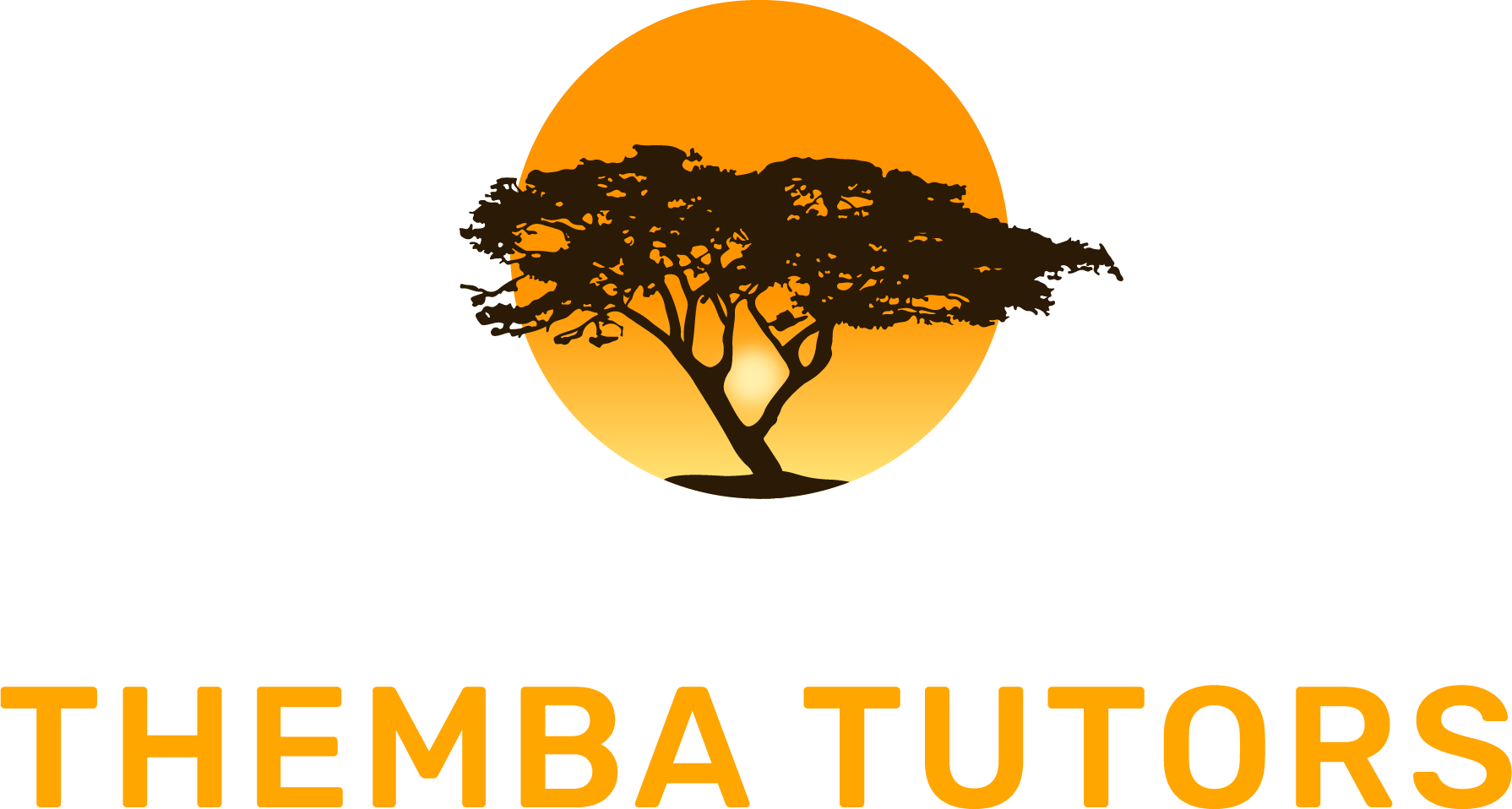


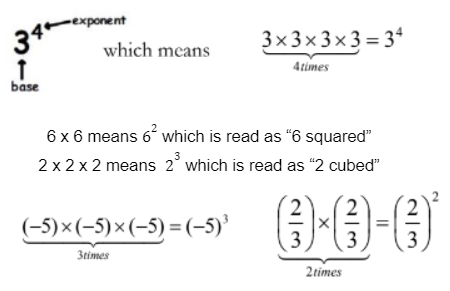
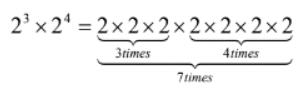

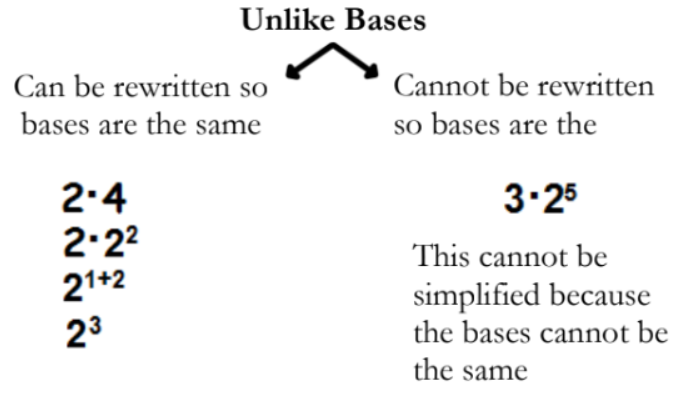
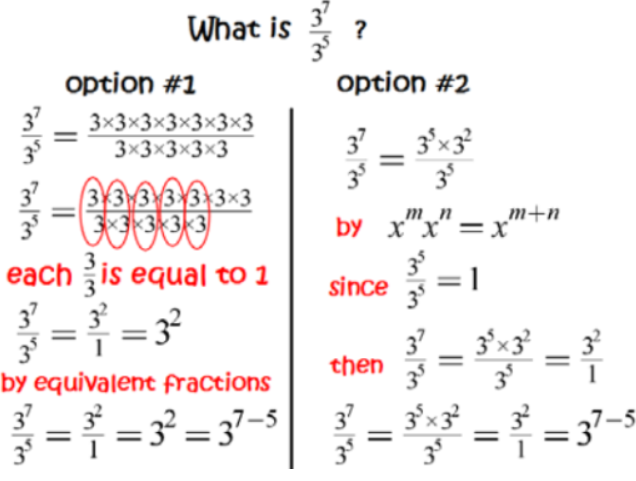

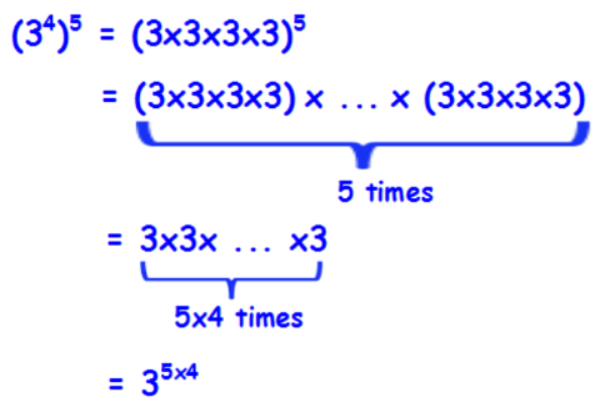
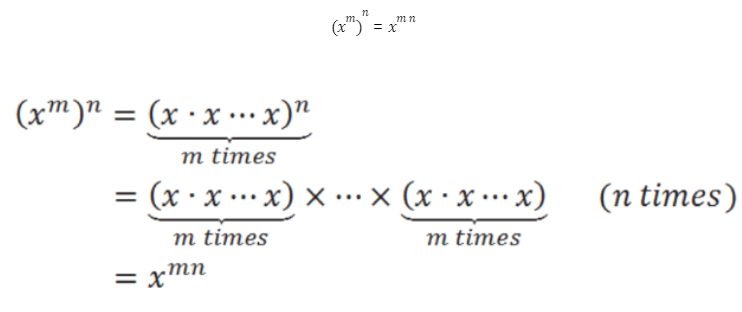





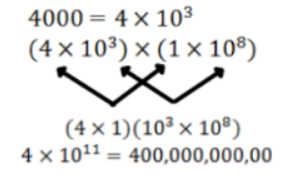
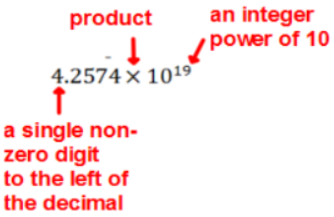
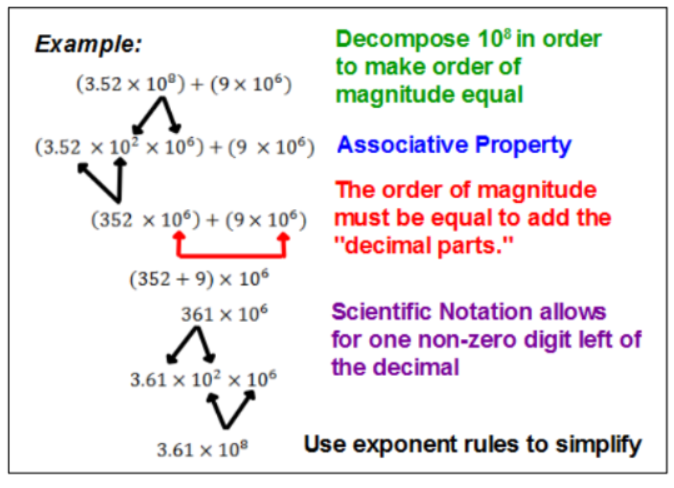



No Comments